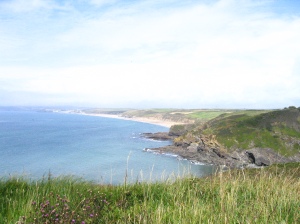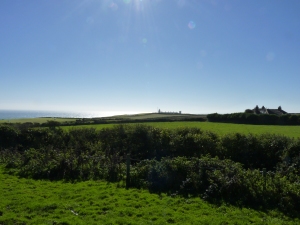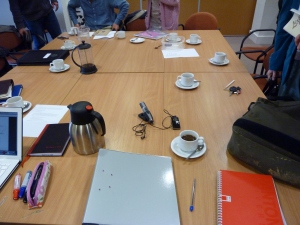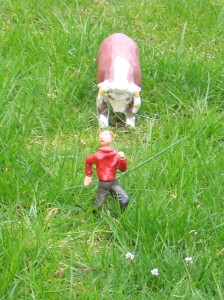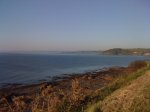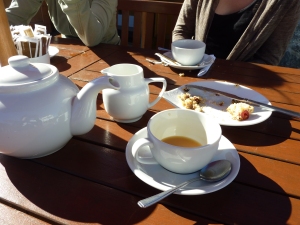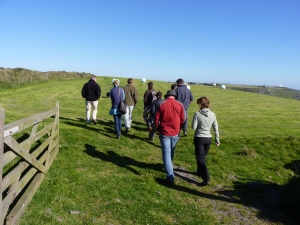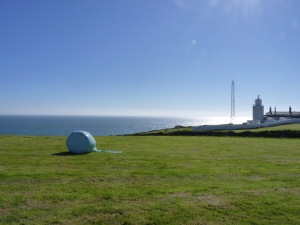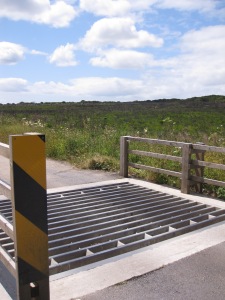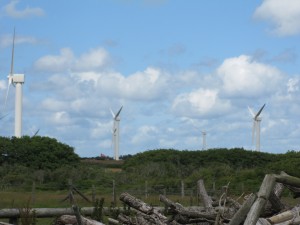We have been writing. Recently that seems to have been our main activity. Writing a chapter on ‘landscape and climate change’ for a Routledge book on landscape. Here we had to resolve three challenges: i) the breadth of the field of landscape; ii) the size of the field of climate change; and iii) the scope of the policy context. However, as we argue in the chapter:
Fortunately these challenges are offset by some significant gains when thinking about landscape in relation to climate change. Landscape grounds the study of climate change, lending a materiality to the arcane and frequently incomprehensible science of models and predictions. It also has the potential to connect disciplines by operating as the site at which multi-, trans- and inter-disciplinary conversations might be had. Such conversations draw in policy makers and landscape management professionals because landscape is the object of government policy and agency work in many countries where landscapes are valued for their productivity, fragility, beauty or habitat. Finally, landscapes feature in the collective imaginaries of people and communities across the planet, for whom senses of place and purpose are located in the familiar surroundings of their everyday lives. It is this concept of landscape that has only recently started to insinuate itself into the study of climate change, largely in response to a recognition that more needs to be done to understand climate change as a relational concept, bound up with sense of place, belonging and identity (Brace and Geoghegan 2011; Adger et al. 2009). It is in these familiar landscapes that climate change has been and will continue to be experienced, whether through the increased erosive power of a storm-driven sea, the loss of productive land to desert, or the appearance of wind-turbines and solar fields. (Leyshon and Geoghegan, forthcoming)
Familiar landscapes and climate change formed the basis of another paper we have been working on, this time about farmers and nature conservationists making sense of climate change in their daily lives. One interesting extract from this paper relates to the use of Wellington Boots as a sign that the Great British Summer is here:
Similarly, the local Natural England Senior Reserves Manager combines his expert, professional knowledge of the area with an embodied, visceral understanding that emerges from something as simple as when in the summer he can stop wearing his wellies. He says: “I always reckon now that I don’t take my wellingtons off until July because although we get the dry May and June the heaths are still wet aren’t they? They are still wet. So you’re still in wellies until July and it’s peeing with rain and you’re still in wellies until August. But I always say to people, I take my wellies off in July but this year I was wrong. We didn’t, we had to wear wellies through July and into August.” (Geoghegan and Leyshon, forthcoming)
Wellies are not the only objects we have been writing about either, we also have begun to think about how climate change is grounded through the contentious issue of cattlegrids. Yes, you read it right. How do cattlegrids act as anticipatory objects, presencing climate change. Here is a short extract:
The research presented in this paper shows that climate change as an environmental discourse is materialised at the smallest of scales – in the ways farmers talk about managing the land, in the work that agencies such as Natural England undertakes, in the subtle manoeuvring and sometimes long-drawn out negotiations that take place around something as simple as a cattle grid on a local road and in the sense of responsibility and custodianship expressed by people of all kinds in relation to the landscape. These conversations do not turn on arguments about cost-benefit analysis, equal per capita entitlements, equalising marginal costs, the precautionary principle or other arcane notions. Instead they are formed around local structures of feeling, questions of identity and belonging, and ideas about personal responsibility and entitlement. But they are no less critical for our understanding of personal and social responses to climate change. Indeed, arguably they are more critical, for these interactions are what everyday life is made of. (Leyshon and Geoghegan, forthcoming)
I look forward to reporting back in due course with some publication dates. Please do drop us a line if you’d like to hear more. Our next writing project will hopefully be about gardens. Returning to the chap mentioned on this blog at the very beginning – with his tomato plants still producing fruit in November.
